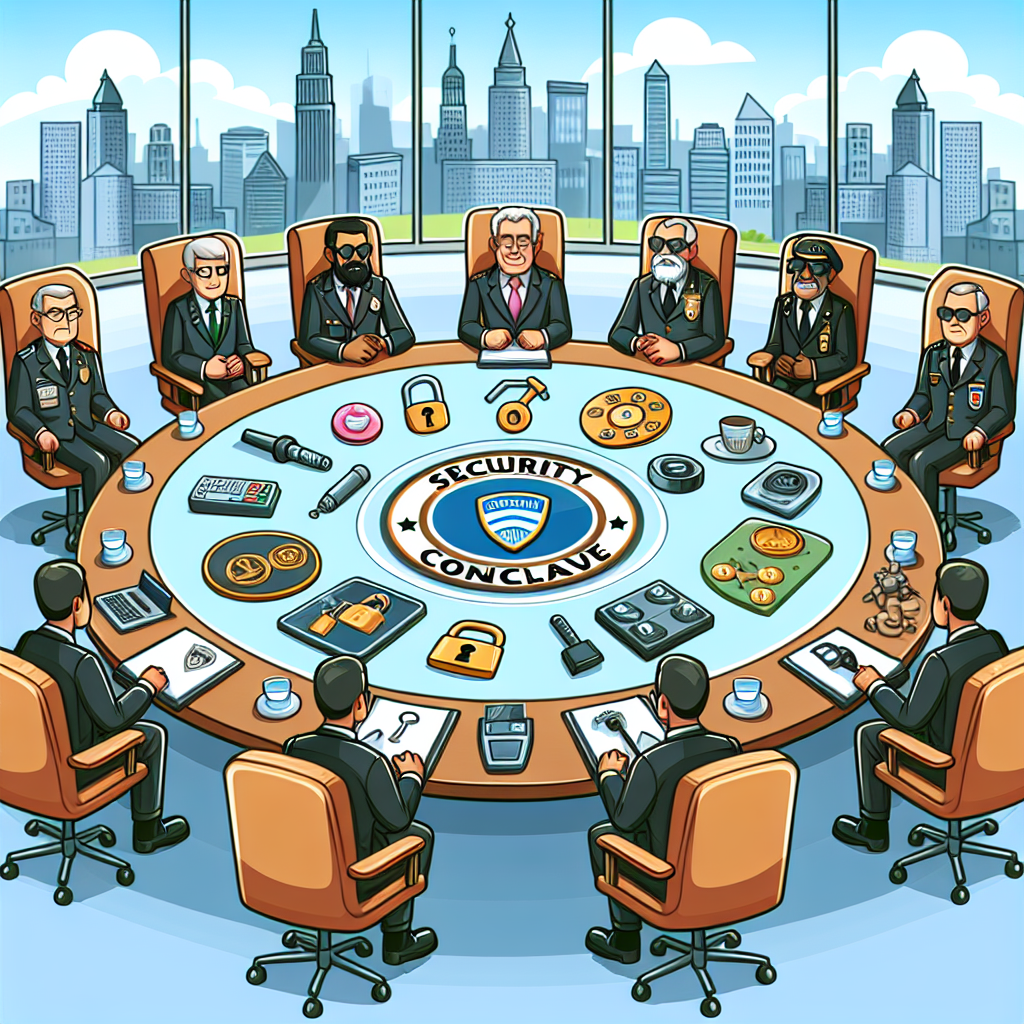A Pivotal Conclave: A New Era for the Catholic Church Begins
The Roman Catholic Church's largest conclave in history reconvenes to elect a new pope, succeeding the late Pope Francis. A record 133 cardinals from 70 countries participate in the secretive voting process. No clear frontrunner exists, as cardinals aim for a leader who balances tradition with reform.

The Roman Catholic conclave resumed on Thursday, as cardinals gathered in the Sistine Chapel to decide on a new pope for the world's 1.4 billion faithful. This historic gathering sees 133 cardinals from 70 nations participating in the election process.
The ritualized election began Wednesday, but by evening, black smoke signaled no consensus had been reached. Typically, modern popes aren't elected on the first ballot, so the anticipation was set for possible results by the second day, with up to four voting rounds possible.
Despite no clear favorites, Italian Cardinal Pietro Parolin and Filipino Cardinal Luis Antonio Tagle are considered front-runners. Should they fail to secure the required two-thirds majority, votes may shift to other candidates, influenced by geographical ties, doctrinal views, or shared languages. The conclave follows a pontificate marked by a push for openness, dividing opinion among the electors.
(With inputs from agencies.)
ALSO READ
Historic Conclave: Choosing a Successor to Pope Francis
Secretive Conclave Begins to Elect Pope Francis' Successor
Cardinals electing the next pope begin processing into the Sistine Chapel to open the conclave, reports AP.
New Horizons at the Vatican: Electing Pope Francis' Successor
Secrets Behind The Sistine Chapel: A Papal Conclave Unfolds










